Powdery mildew is a fungal disease that affects a wide range of plants. Powdery mildew diseases are caused by many different species of ascomycete fungi in the order Erysiphales. Powdery mildew is one of the easier plant diseases to identify, as the signs of the causal pathogen are quite distinctive. Infected plants display white powdery spots.. Downy mildew is NOT a fungus. It belongs to a different group of fungus-like organisms called "Oomycetes" (right). Powdery mildew IS a true fungus, belonging to the kingdom "Fungi" (right). The term "fungicide" is misleading since some fungicides are designed to work on fungi and some to work on oomycetes. Most modern fungicide.
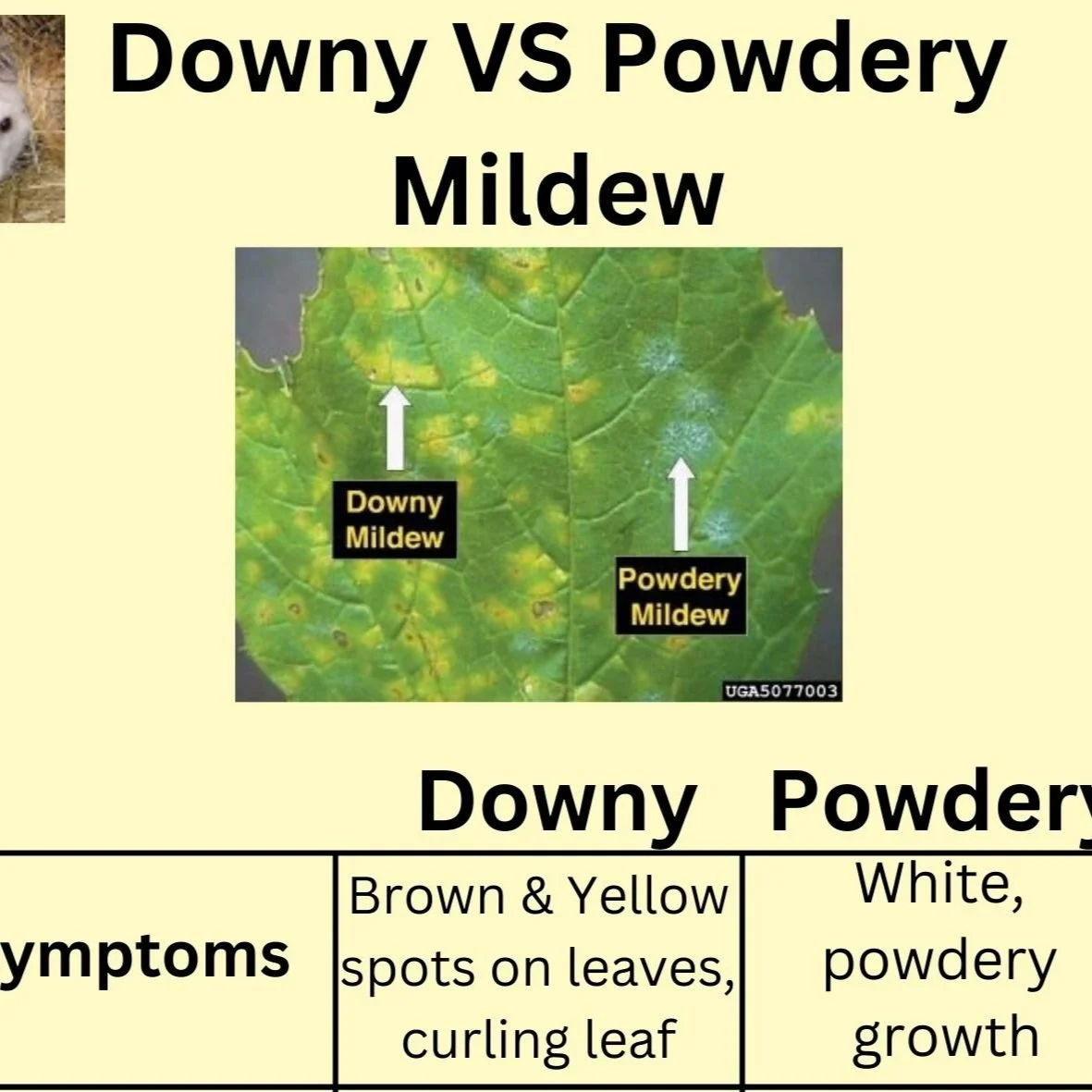
Downy VS. Powdery Mildew — Fox Run Environmental Education Center
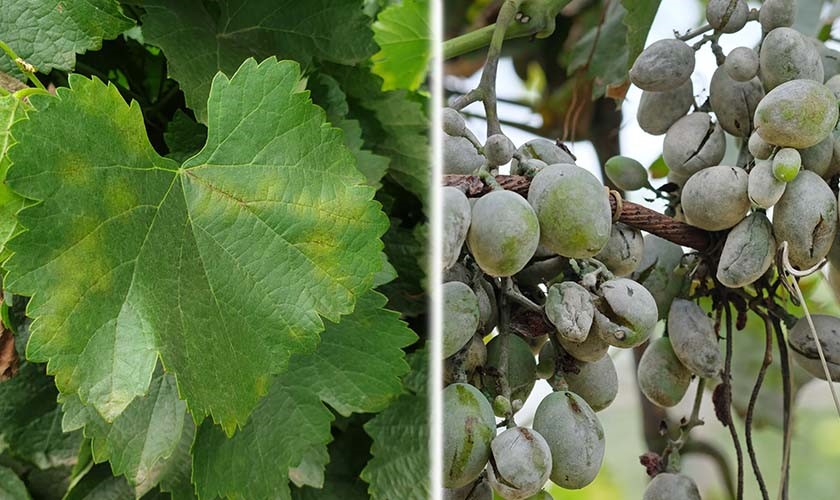
How to combat powdery mildew and downy mildew of the grapevine SEIPASA

Downy and Powdery Mildew what is the difference

How to Stop Downy Mildew From Ruining Your Garden Growfully

Difference between Powdery mildew and Downy mildew Powdery mildew vs Downy mildew DB 8

Downy VS. Powdery Mildew Identify, Prevent, Treat YouTube
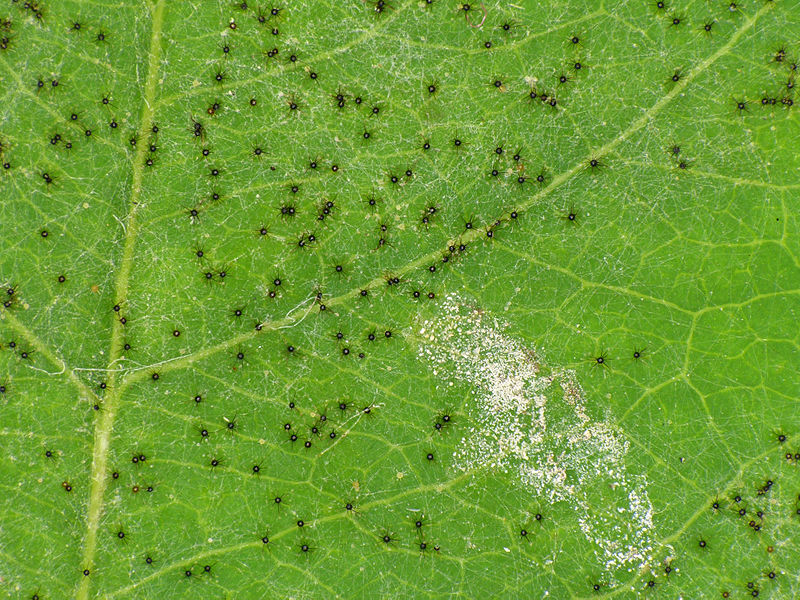
What is the Difference Between Powdery and Downy Mildew

Powdery Mildew vs Natural Discoloration YouTube

Powdery Mildew Symptoms and Control Methods Gardening Tips
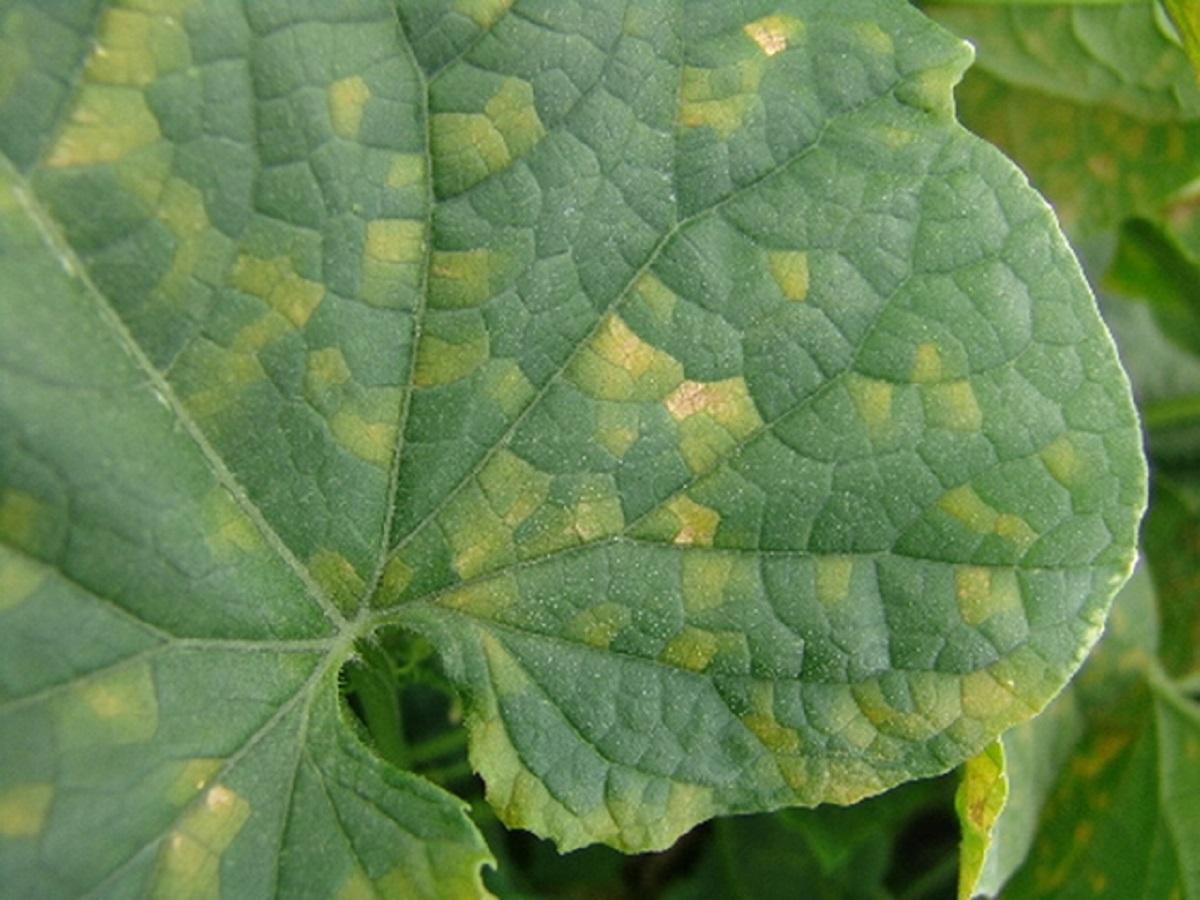
Downy Mildew of Vegetables University of Maryland Extension

Downy Mildew of Onion, Symptom, Etiology, Disease Cycle Alternaria solani PHV YouTube
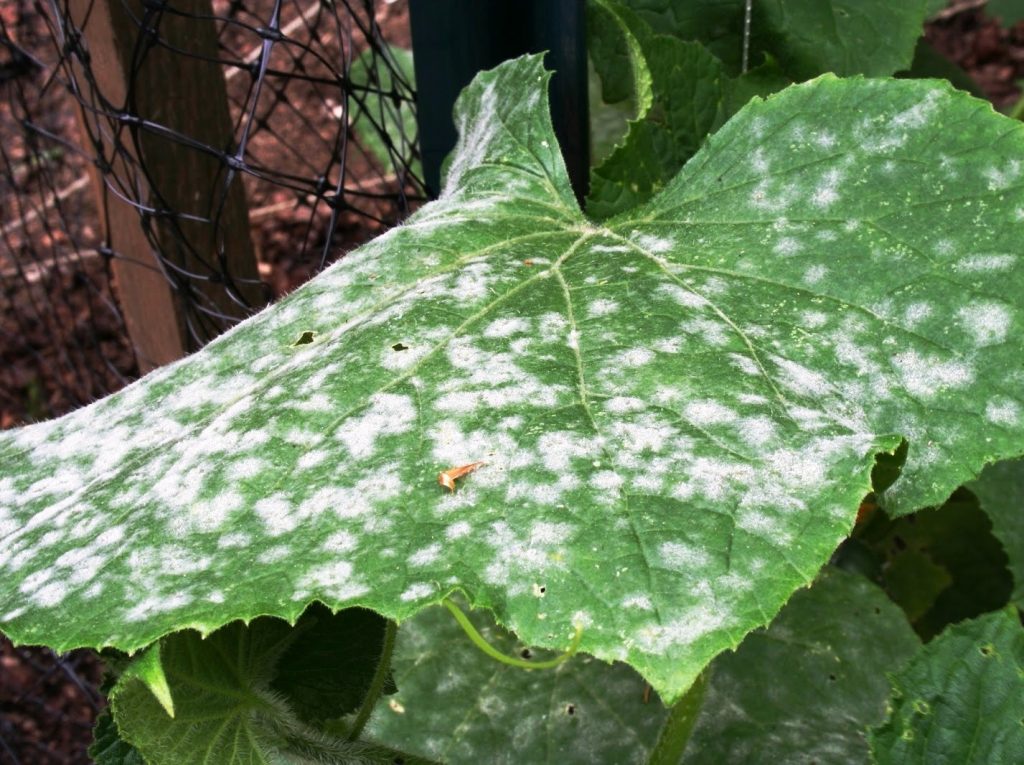
Powdery Mildew Identify and Cure Watters Garden Center
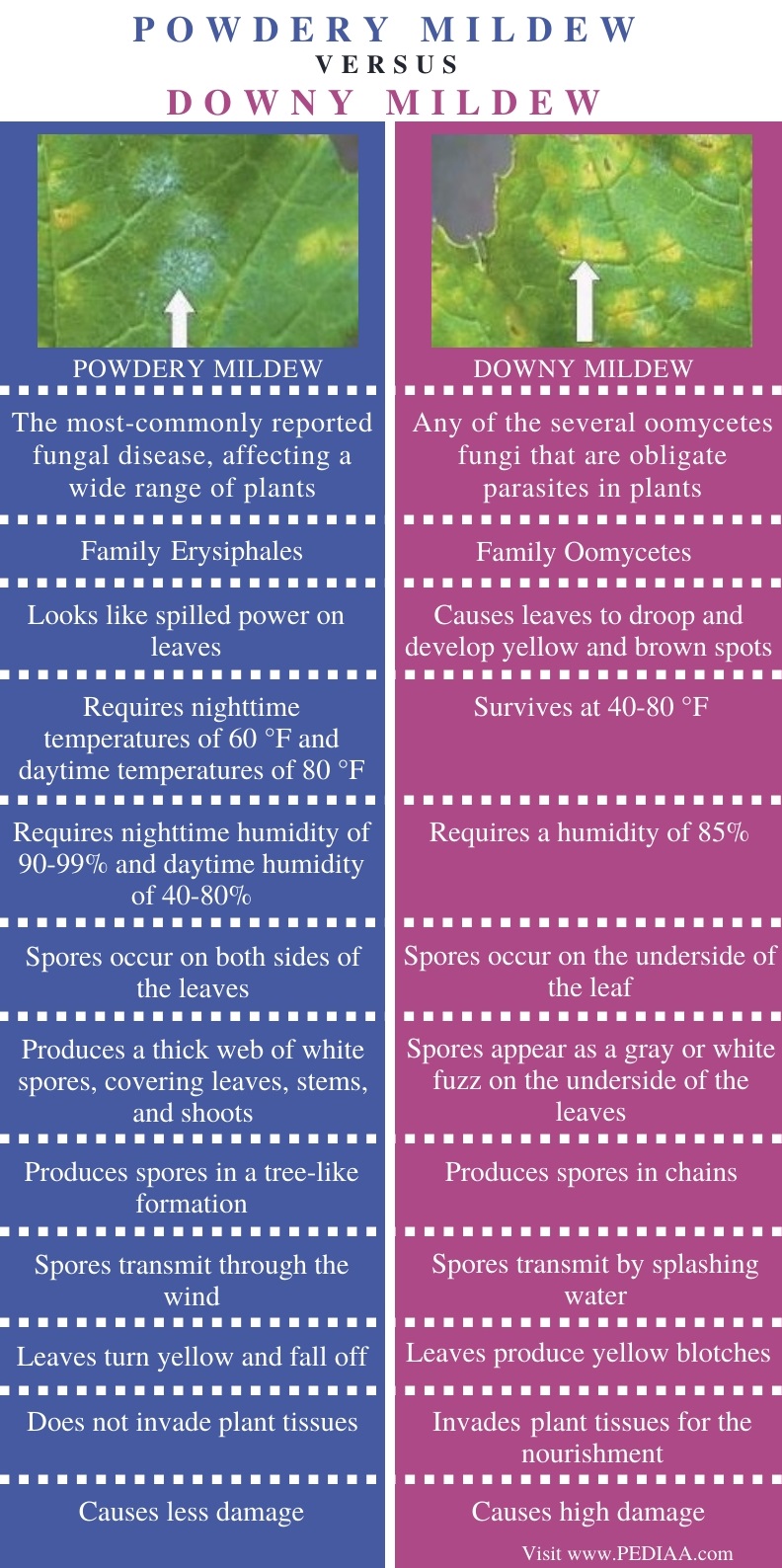
What is the Difference Between Powdery and Downy Mildew

Downy VS. Powdery Mildew — Fox Run Environmental Education Center
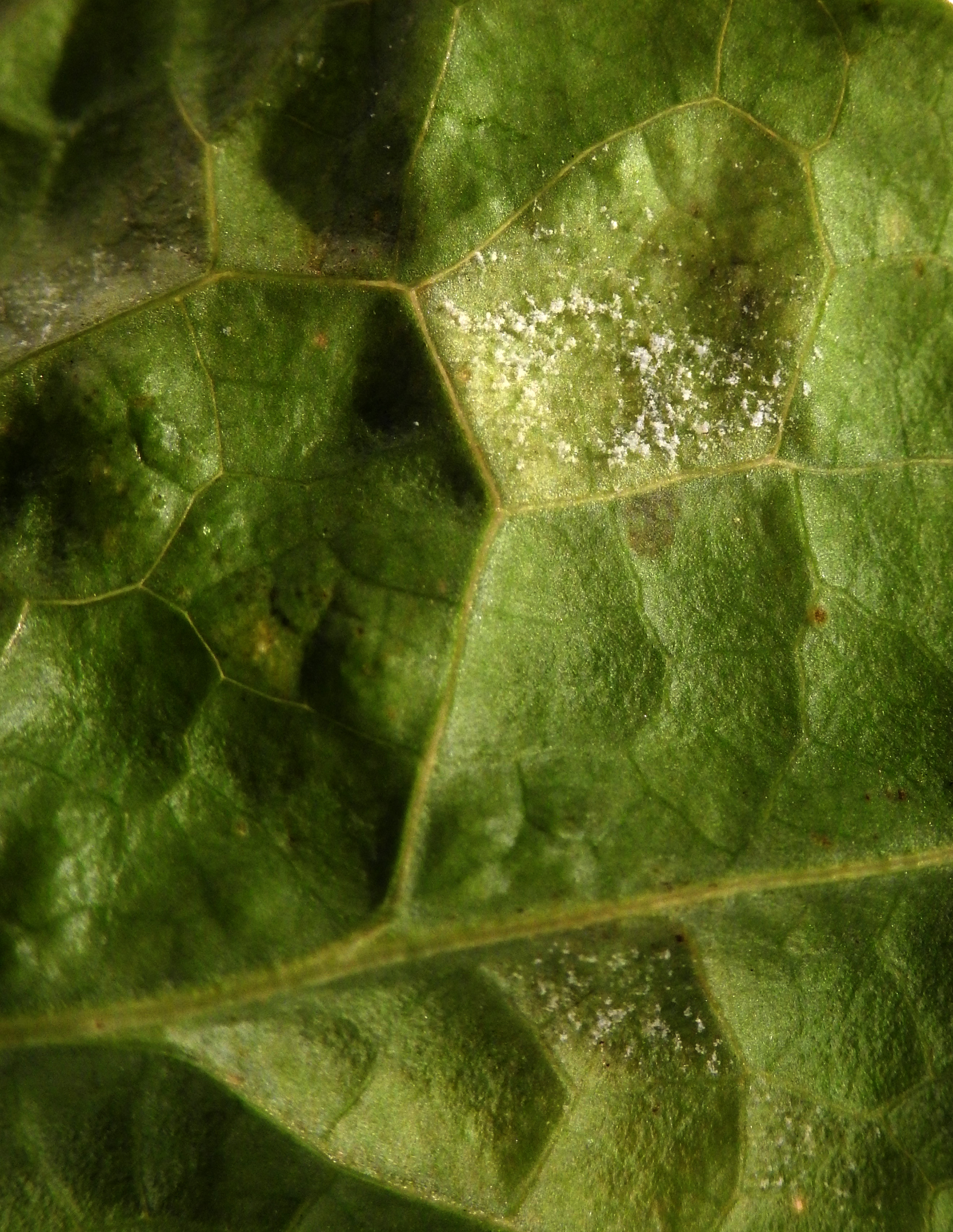
Downy mildew on lettuce Vegetable Pathology Long Island Horticultural Research & Extension

Dont Confuse Downy Mildew with Powdery Mildew

Powdery Mildew and Downy Mildew What's the Difference? Okra In My Garden
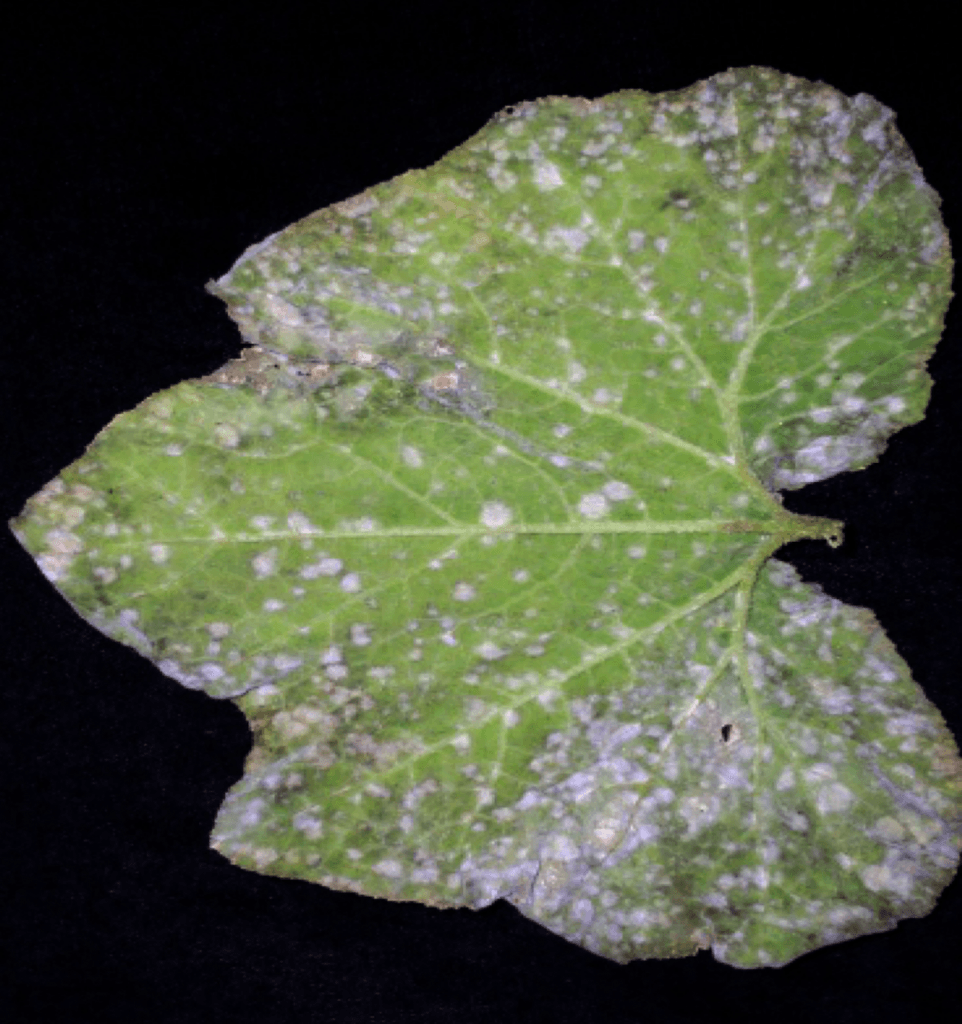
Downy Mildew Cornell Vegetables
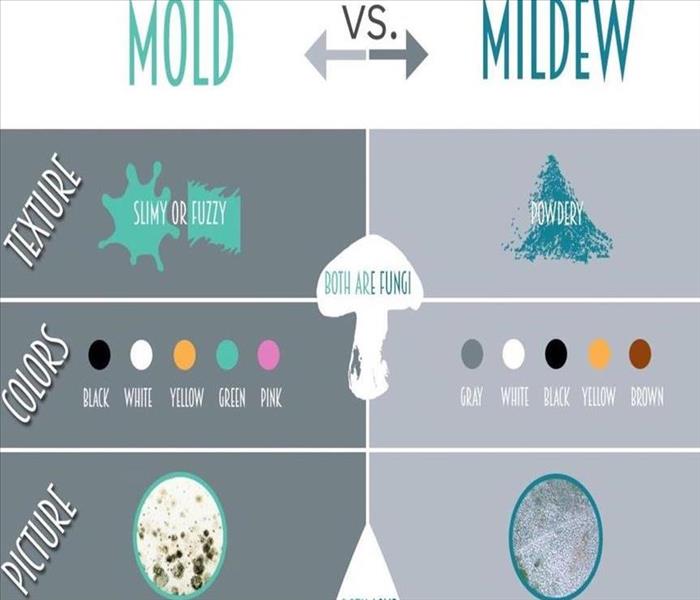
Mold vs. Mildew
:max_bytes(150000):strip_icc()/identifying-mold-vs-mildew-4799138-final-4266e4b3d84c4401a7c1d8b6835dcc97.png)
How to Identify Mold vs. Mildew in Your Home
The white sporulation of powdery mildew covers much of both the lower and upper sides of the leaf. Downy mildews are favored by cool, moist conditions while powdery mildew are favored by warm, dry conditions. Downy mildew spores are produced on branched stalks that look like little trees, whereas powdery mildew spores occur in chains on a.. Powdery mildew thrives in warm, dry, humid weather. The ideal temperature for it's growth is between 21-27C (70-80°F) but once the temperatures go above 32°C (90°F) the fungal spread slows down or stops. Unlike most fungi, powdery mildew does not require wet leaves in order to germinate, just high humidity.